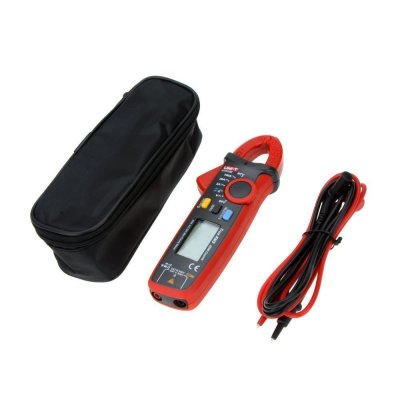Brooksie
Guru
- Joined
- Oct 20, 2007
- Messages
- 1,310
- Location
- USA
- Vessel Name
- Island Seeker
- Vessel Make
- Willard 36 Sedan
Someone may be interested in this meter. I just bought one and am very pleased with it. It cost me $33. and is the exact same (or one model better) that BlueSeas sells for $160. and has additional temp. & Hz features as well.
Of course it is made in China but so is theirs.
If you have looked at clamp-on meters, you will know that most inexpensive ones don't work on DC, this one does.
161665726687 ebay
.
Of course it is made in China but so is theirs.
If you have looked at clamp-on meters, you will know that most inexpensive ones don't work on DC, this one does.
161665726687 ebay
.
Last edited:




 I swear I use the clamp/jaw more to hold the meter in position than to actually sense current as it was designed to do. :lol:
I swear I use the clamp/jaw more to hold the meter in position than to actually sense current as it was designed to do. :lol: